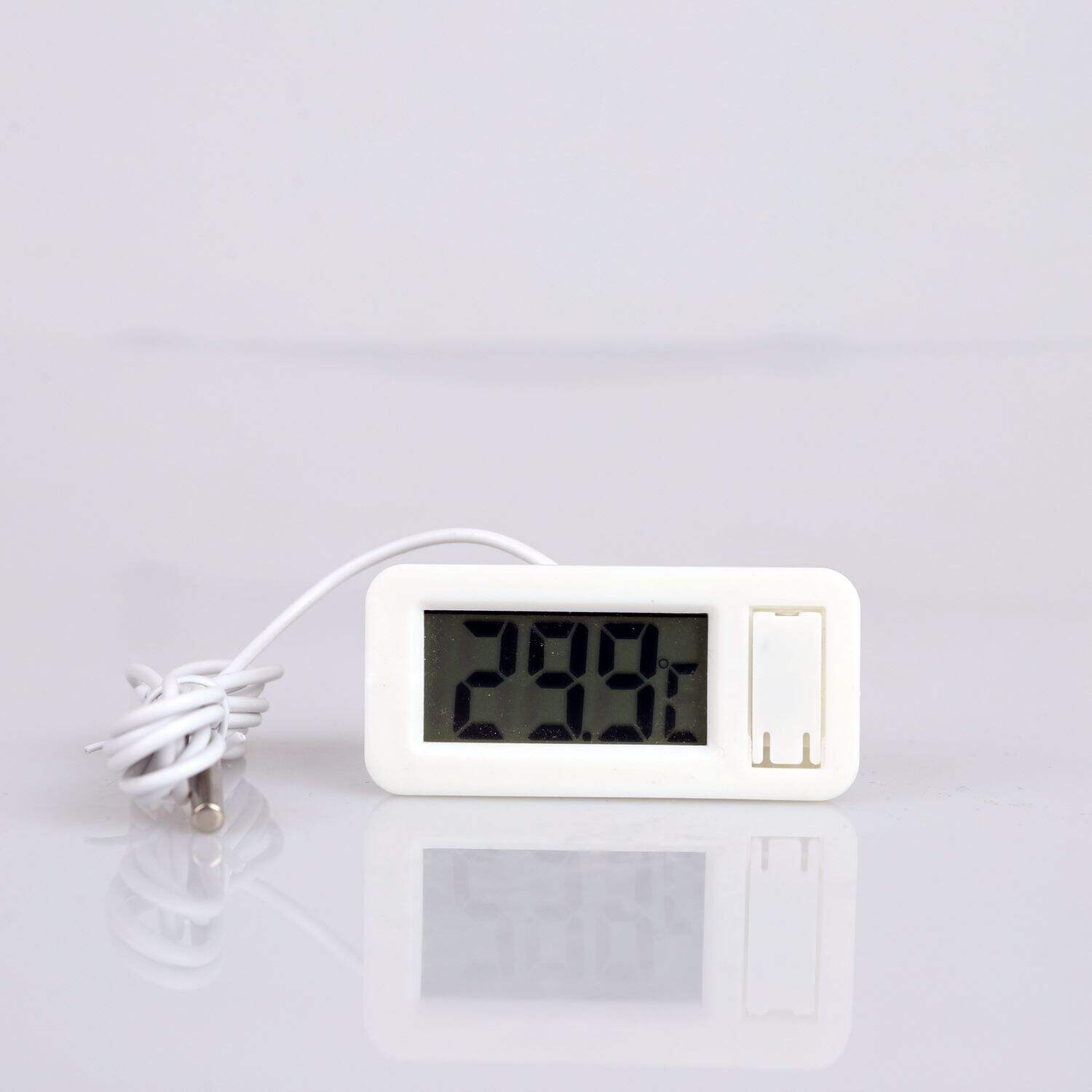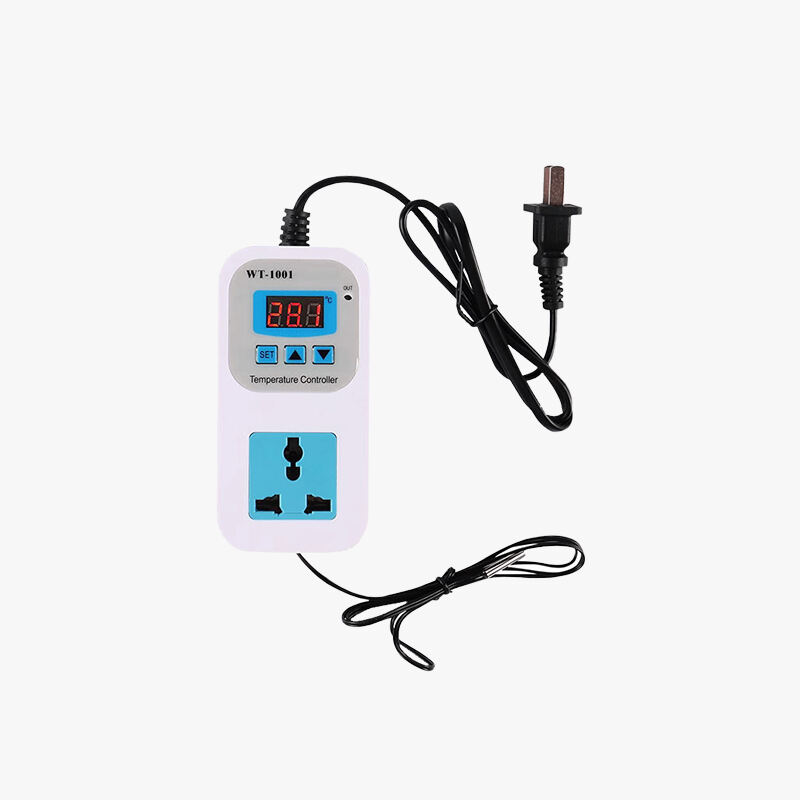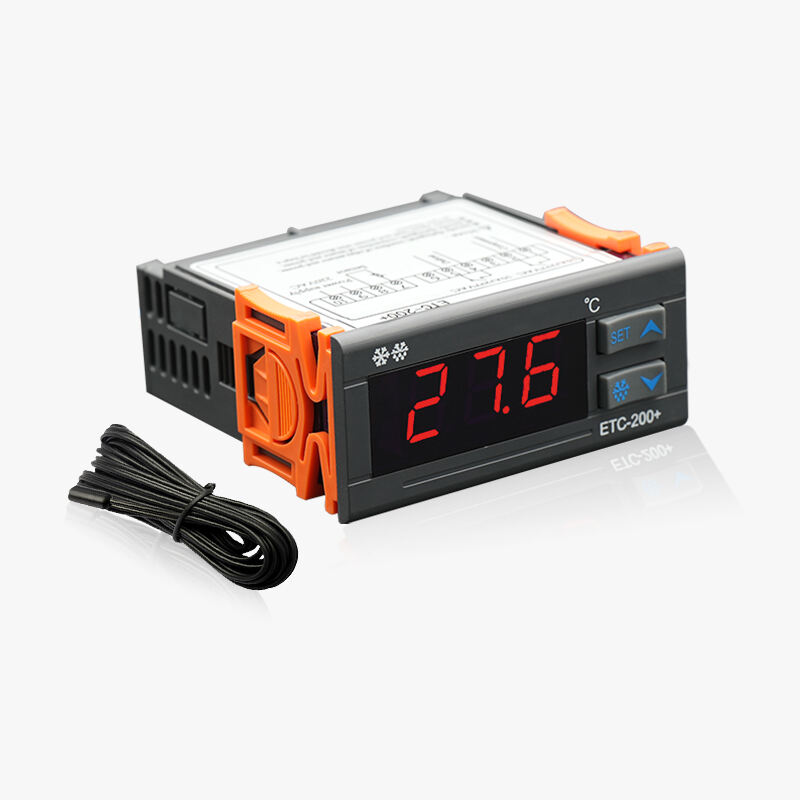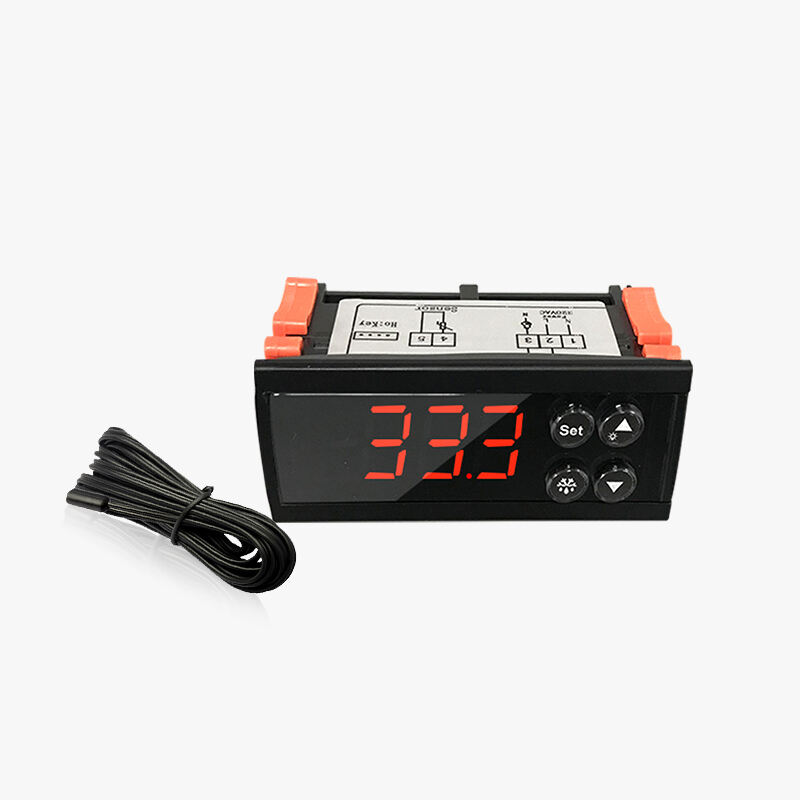Advanced Control Algorithms and Precision
The PLC temperature controller incorporates sophisticated PID control algorithms that represent the pinnacle of temperature regulation technology. These algorithms continuously calculate and adjust control parameters based on real-time temperature measurements and setpoint values, ensuring unprecedented accuracy in temperature maintenance. The system's ability to self-tune and adapt to changing process conditions eliminates the need for frequent manual adjustments and reduces the likelihood of temperature fluctuations. This level of precision is particularly crucial in applications where even minor temperature variations can significantly impact product quality or process efficiency. The controller's rapid response time to temperature changes, coupled with its ability to minimize overshoot and undershoot, ensures stable and reliable temperature control across various operating conditions.









